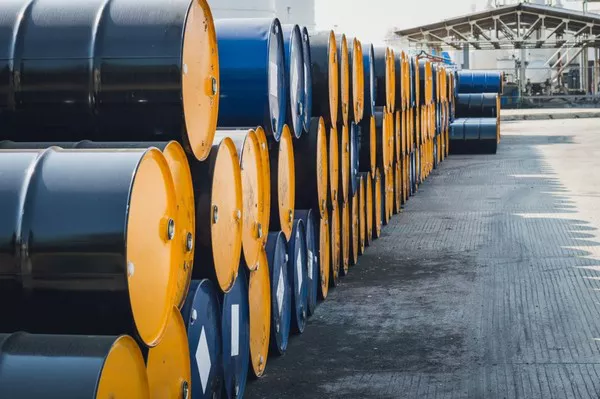Crude oil futures contracts are essential instruments in the global commodities market, providing investors with a means to speculate on the future price movements of crude oil. Understanding the lot size for crude oil futures is crucial for investors looking to participate in this market effectively. In this article, we will explore what lot size means in the context of crude oil futures, how it is determined, and its significance for traders and investors.
1. What Are Futures Contracts?
Futures contracts are standardized agreements to buy or sell a specified quantity of an underlying asset at a predetermined price on a future date. These contracts are traded on organized exchanges, such as the New York Mercantile Exchange (NYMEX) or the Intercontinental Exchange (ICE), and are used by investors, traders, and hedgers to manage risk, speculate on price movements, and gain exposure to various asset classes. Futures contracts are available for a wide range of underlying assets, including commodities, currencies, equities, and interest rates.
2. Understanding Lot Size
In the context of futures trading, the lot size refers to the standardized quantity of the underlying asset specified in the futures contract. Lot sizes vary depending on the asset class and the exchange on which the contract is traded. For crude oil futures contracts, the lot size represents the quantity of crude oil that the contract entitles the holder to buy or sell. Lot sizes are determined by the exchange and are designed to provide liquidity, facilitate trading, and standardize contract specifications for market participants.
3. Lot Size for Crude Oil Futures
The lot size for crude oil futures contracts is typically denoted in terms of the number of barrels of crude oil that the contract represents. For example, a standard crude oil futures contract on the NYMEX may have a lot size of 1,000 barrels, meaning that each contract entitles the holder to buy or sell 1,000 barrels of crude oil. The lot size for crude oil futures contracts may vary depending on the exchange and the specific contract specifications.
4. Significance of Lot Size
The lot size for crude oil futures contracts is significant for traders and investors as it determines the quantity of crude oil exposure associated with each contract. Understanding the lot size allows traders to calculate the value of their positions, assess their risk exposure, and manage their trading strategies accordingly. For example, a trader who buys one crude oil futures contract with a lot size of 1,000 barrels is effectively gaining exposure to 1,000 barrels of crude oil. By understanding the lot size, traders can make informed decisions about position sizing, risk management, and portfolio allocation.
5. Impact on Trading Strategies
Lot size plays a crucial role in determining the suitability of different trading strategies for crude oil futures contracts. For instance, traders employing a scalping strategy may prefer contracts with smaller lot sizes, allowing them to execute high-frequency trades with minimal capital requirements. Conversely, traders employing a swing trading or position trading strategy may opt for contracts with larger lot sizes to capitalize on larger price movements and generate higher potential returns. Understanding the lot size enables traders to select the most appropriate contracts for their trading style, risk tolerance, and investment objectives.
6. Margin Requirements
Lot size also influences the margin requirements associated with trading crude oil futures contracts. Margin requirements represent the amount of capital that traders are required to deposit with their broker to initiate and maintain a futures position. Margin requirements are calculated based on the notional value of the futures contract, which is determined by multiplying the lot size by the current market price of crude oil. Higher lot sizes result in larger notional values and, consequently, higher margin requirements. Traders should be aware of the margin requirements associated with crude oil futures contracts and ensure they have sufficient capital to meet these obligations.
7. Contract Specifications
In addition to lot size, crude oil futures contracts have other standardized specifications that traders should be familiar with before trading. These specifications may include the contract expiration date, tick size, delivery point, and settlement method. Traders should carefully review the contract specifications provided by the exchange and understand how these parameters may impact their trading activities. By familiarizing themselves with the contract specifications, traders can avoid misunderstandings, minimize trading errors, and effectively navigate the futures market.
Conclusion
In conclusion, understanding the lot size for crude oil futures contracts is essential for traders and investors looking to participate in the commodities market. Lot size determines the quantity of crude oil exposure associated with each contract and influences trading strategies, risk management, and margin requirements. By comprehending the significance of lot size and other contract specifications, traders can make informed decisions about trading crude oil futures and effectively manage their futures trading activities.


